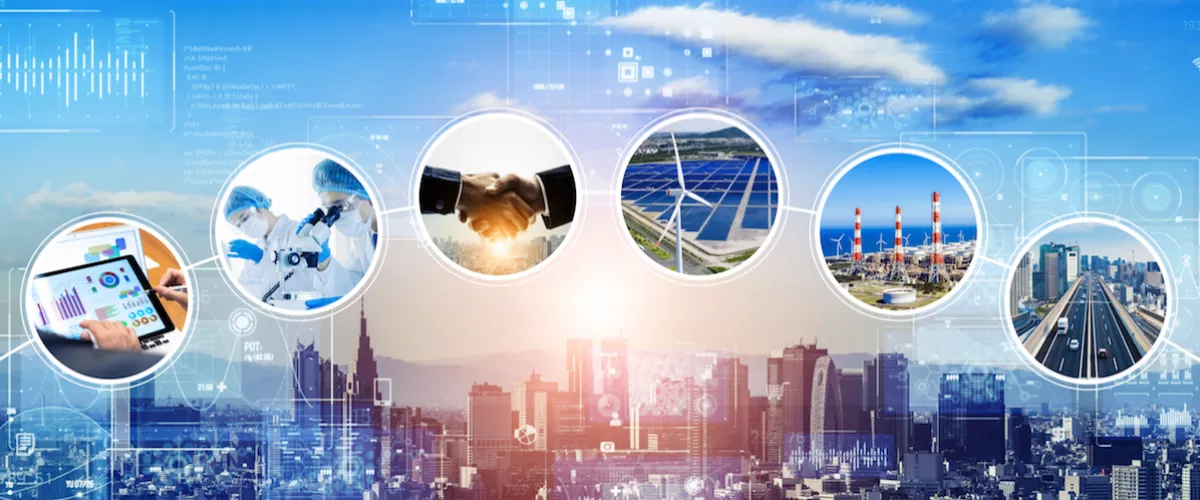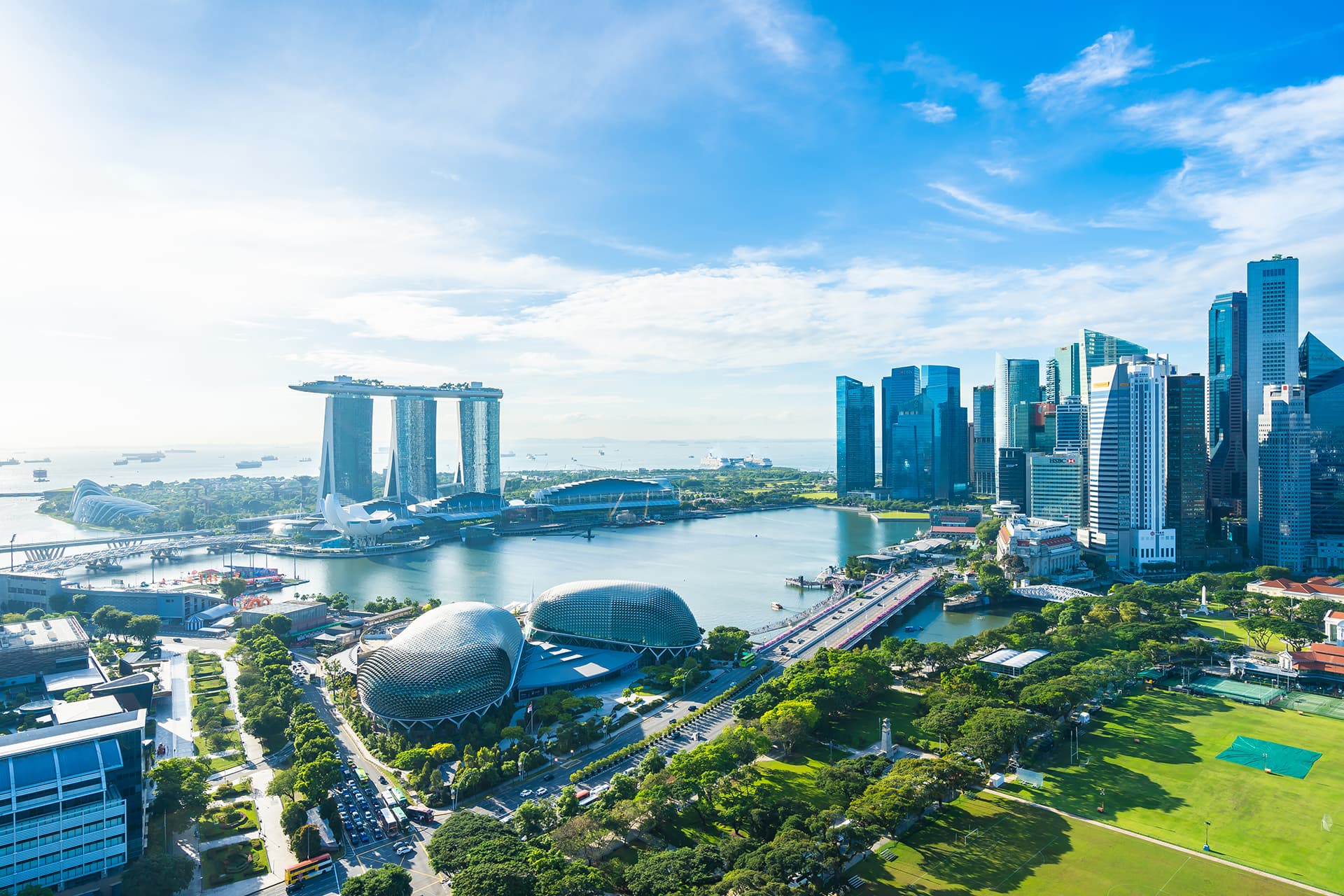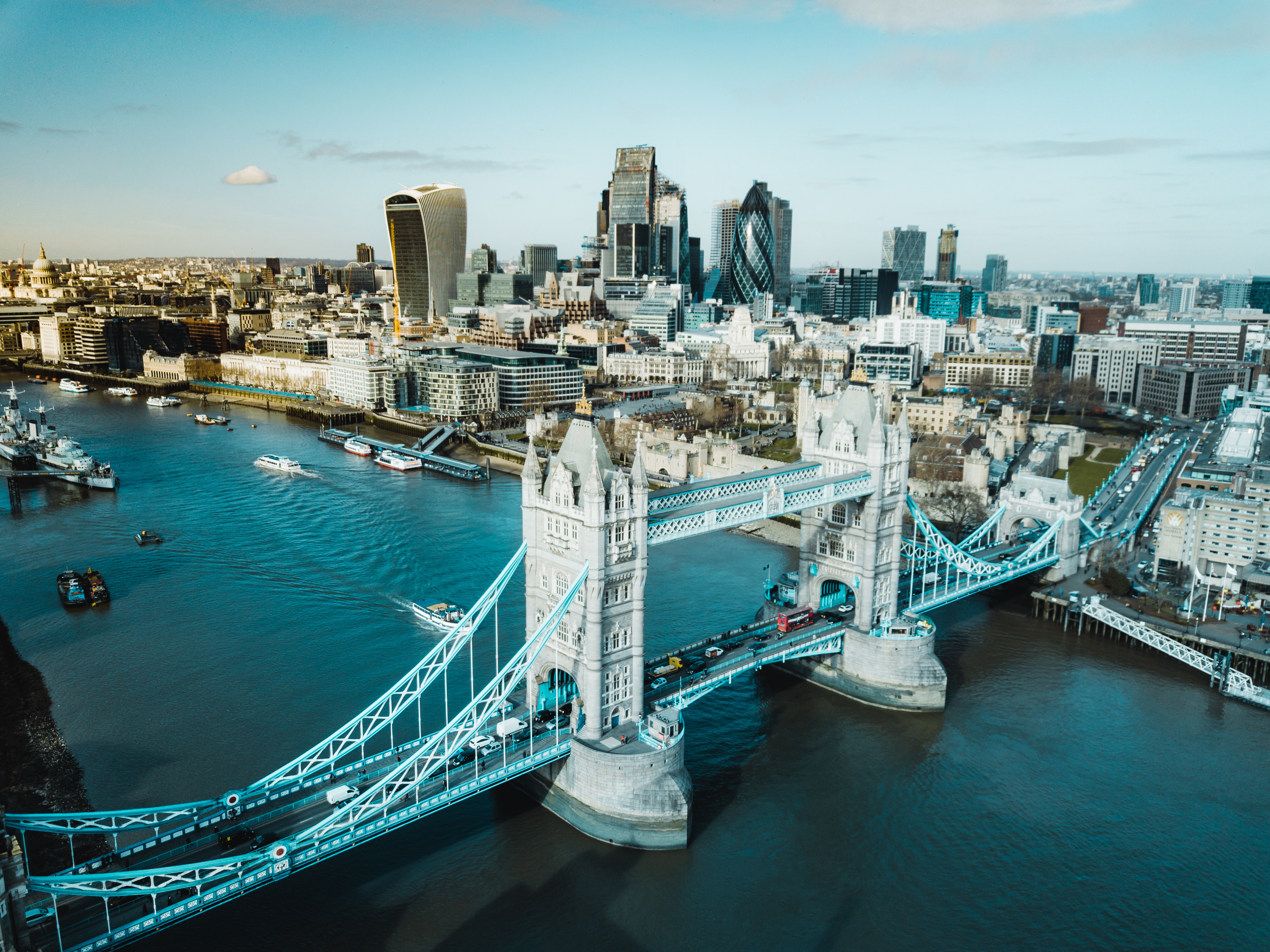How are businesses building sustainable and responsible supply chains?

Sustainability is increasingly becoming a key theme in transport and logistics. This is driven by a changing landscape – a change in consumer awareness and behaviour, customers’ desire to build more sustainable and responsible businesses, and global and local regulation.
The increasing awareness and education of the impact of our actions as individuals and businesses is coming to the forefront as the world experiences natural disasters and the COVID-19 pandemic.
Working closely with customers, Toll is seeing first-hand, some businesses have defined sustainability targets and can measure various aspects of their activity and others are starting their journey.
Increasingly, our customers are asking us how we can help them create more sustainable supply chains and, enquiring about our environmental, social and governance policies and procedures as part of their tender process.
How are we helping businesses create greater environmental efficiencies?
Toll’s Vice President Global Development – Sea-Air Product and Global Sustainability Lead Stuart Gerrett, says “what we can affect in terms of logistics is emissions, and there is more than one way to reduce emissions in supply chains.
In freight forwarding, we are helping customers explore modal shifts as a solution. This is looking at transporting cargo from air freight into sea-air freight or other transport modes such as air, road, rail, sea or multimodal routes to create better efficiencies and to help reach their supply chain environmental targets.”
In 2015, Stuart invented the CUT Carbon initiative – an ability to report against facts that are known now, and then advise and consult against what can be done.
“What we can do, which is where the CUT Carbon initiative comes into effect, is we can take a really consultative and strategic approach by the numbers,” Stuart says.
“Significantly reducing emissions in a high demand global supply chain rarely happens overnight, it is a journey, a journey to zero emissions. We can help our customers start and navigate their unique journeys, advising and supporting all the way. It is our obligation as partner to help customers to get there as quickly as possible and for those that haven’t, set goals to enable them to do so.”
“On the other side of the coin, companies that have already set themselves goals and targets, we can work with them to help them achieve these.”
“Customers will usually come to us with specific volumes per routing, essential components of any freight tender. Implementing the CUT Carbon initiative, we put those numbers through the system to take a snapshot of the emissions per mode. As an example, for Air tenders, this is your indicative emission forecast if you were to implement all by airfreight as planned. Then, we run the same numbers through other modes such as sea-air and see what happens and see what deductions we can come up with. We can then advise quite precisely where the savings could be made and implement a plan to meet or beat the targets”
Businesses in the PPE and Healthcare, Retail, Automotive and Electronics sectors have leveraged the initiative, producing carbon reports against bookings and/or shipping forecasts.
“The journey starts with awareness through reporting, and then we can look at exploring and implementing the specific solutions,” Stuart says.
Short-shoring, is an another solution businesses are considering to help reduce emissions in their supply chains. This has become a real option for some, especially since the onset of the COVID-19 pandemic as governments and businesses had to diversify their supply chains or look for manufacturing alternatives closer to home to meet demand.
“At a very high level, the aim for mitigating supply chain footprint is to reduce distance travelled and/or reduce emissions per distance.” Stuart says.
“Sustainability has become an essential component of global supply chain, and growth is an essential component of business. Therefore, sustainability and growth must go hand in hand, and we can certainly help our customers with that” Stuart says.
Technology and innovation is also playing an integral part in the transport and logistics sector, with a new era of new technologies such as Blockchain - a technology that can significantly reduce processing times for key shipping elements such as customs clearance, trade finance, smart contracts and approvals. And Hyperloop – a zero emissions transport solution, now being born into reality and many others in development.
The Toll-Nike logistics facility in Victoria, Australia and Toll City in Singapore, are two initiatives leveraging new technologies to help reduce energy and greenhouse emissions.
In partnership with Nike and Stockland, our custom-built warehouse in Melbourne’s Altona North, owned by Stockland, became the first-ever facility in Australia to achieve a whole-of-building carbon neutral certification under the National Carbon Offset Standard (NCOS).
This included upgrades to a 2.5-kilometre-long conveyor system powered by 145 individual electric motors, and the retrofitting of 1,300 light fixtures with high efficiency LEDs. This resulted in the site’s total electricity consumption being halved, exceeding the greenhouse gas reductions required by NCOS.
Toll City, our next-generation integrated local and regional logistics hub in Singapore offers customers the ability to move their goods with minimum on-ground transit time.
Designed to accommodate the latest technology, Toll City is home to new technologies such as driverless vehicles, smart-city telematics to track and optimise road fleet in real-time, 3D-printing, and Smart RFID cabinets for real-time inventory accuracy and accountability.
It has received a Gold Certification in Leadership in Energy and Environmental Design (LEED). LEED buildings are on average 25%-30% more energy efficient.
Building responsible and ethical supply chains
The scope of procurement has widened to take in the environment, economic and social impact of what you buy or consume, and customers and consumers are increasingly wanting to know where their purchases are sourced and that their goods are sourced ethically.
Toll’s Chief Enterprise Services Officer, Ajit Venugopal says businesses in order to successfully make and sell goods or services need reliable supplies of energy and natural resources and permission (explicit and implicit) from consumers, investors, regulators and society to do business.
Conducting our business ethically and transparently is fundamental to our business, reputation, customer retention and employee engagement. And Toll has defined policies and guidelines around ESG covering environment, anti-bribery, anti-corruption, modern slavery, and more in place.
“In addition, we have a Supplier Code of Conduct. If we have certain requirements on an ESG front, we expect our suppliers to hold themselves to the same values. It’s about holding ourselves and our suppliers by a set of standards and values and choosing the right partners and working with them,” Ajit says.
In his role, Ajit observes when talking to businesses, they expect us to respond in terms of addressing two types of risk in their supply chains.
“The immediate one, which everyone is aware of, is managing the environment and the impact on the environment,” he says. “The second risk that our customers expect us to manage is resilience. When external factors disrupt businesses, our customers expect us to be resilient and to be able to bounce back, to ensure that there is an alternative mechanism to get their product to market.”
“So when we talk to our customers, they want us to be responsible and resilient, and both are challenges that come into the ESG space,” Ajit added.
Using Toll as an example, we move and store goods. When we look at what we buy and source in relation to our road fleet, we are upgrading to the highest efficiency standards introducing Euro 6 and Euro 7 specification vehicles wherever practical for Heavy Duty vehicles and also purchasing Hybrid vehicles where possible to continue to reduce emissions and operate more efficiently.
By analysing our load volumes and trade routes, we can allocate the most appropriate vehicle for each job to maximise efficiency. Since FY19 this has translated to approximately 4% improvement in fuel efficiency across our fleet.
In December 2020, our Australian fleet switched to a more efficient, high performance diesel fuel. While the fuel is more expensive, we expect fuel economies, reduced emissions and lower maintenance requirements from this change.
“If you look at trucks today, they burn a lot less fuel per ton-kilometre than 20 and 40 years ago, and operate more efficiently,” Ajit says. “And the truck manufacturing and fuel industries, are consistently moving the needle on fuel efficiency and compliance on vehicles, and fuels that have a lower footprint.”
Internally, Toll has been also driving a reduction in corporate air travel globally and are now evaluating a reforestation offset program that enables us to negate our carbon dioxide impact linked to our travel. And in Singapore, we are investigating the installation of solar panels on all our locations.
Small incremental changes add up over time to make a material impact. Ajit says everyone knows there is net carbon zero. The question we have and must deal with, is how do we get ahead of that curve. How do we keep ensuring, that we are doing what is required before it is cut out/regulation. We should be doing it, because it is the right thing.






























